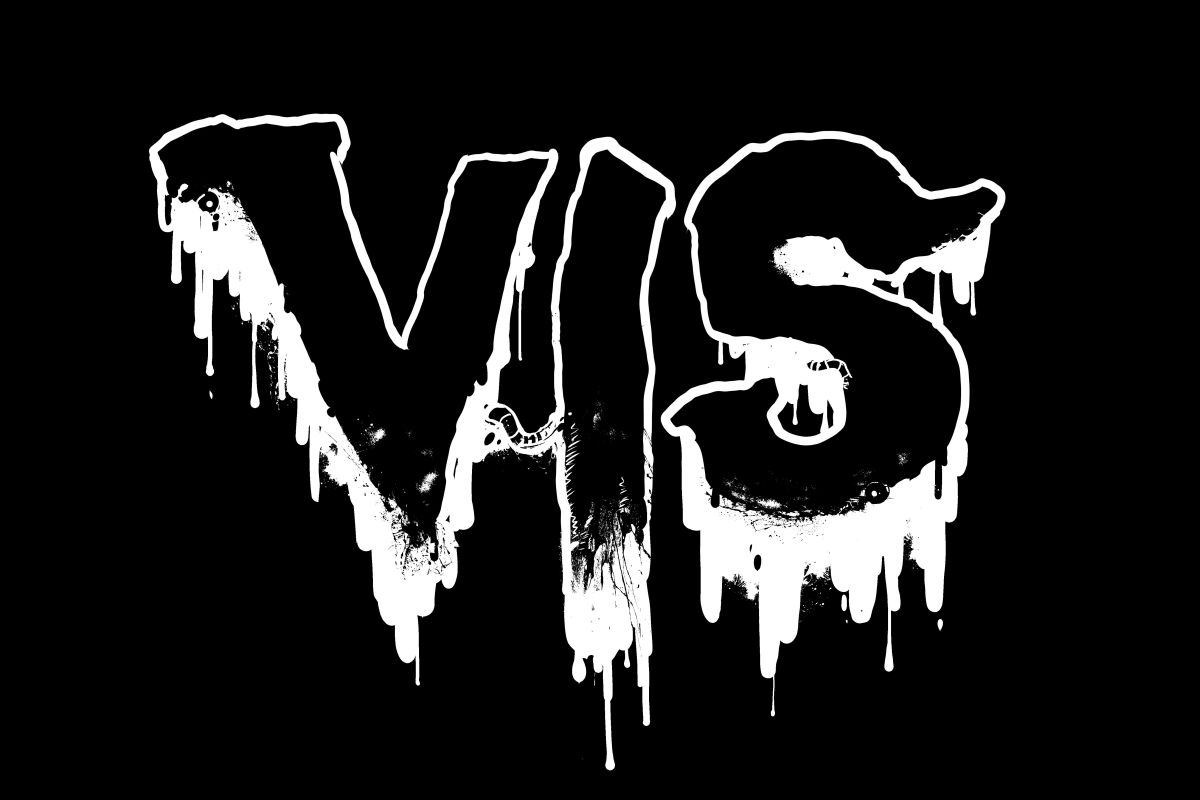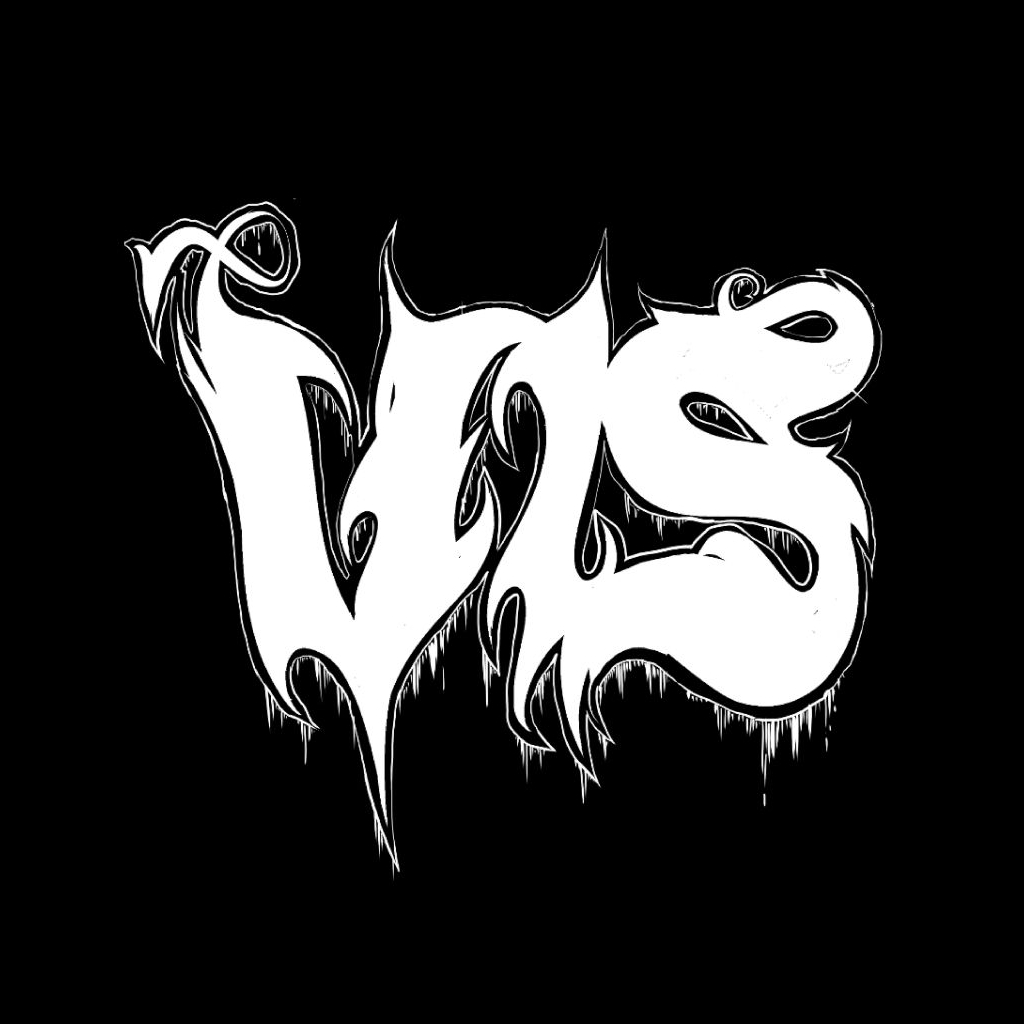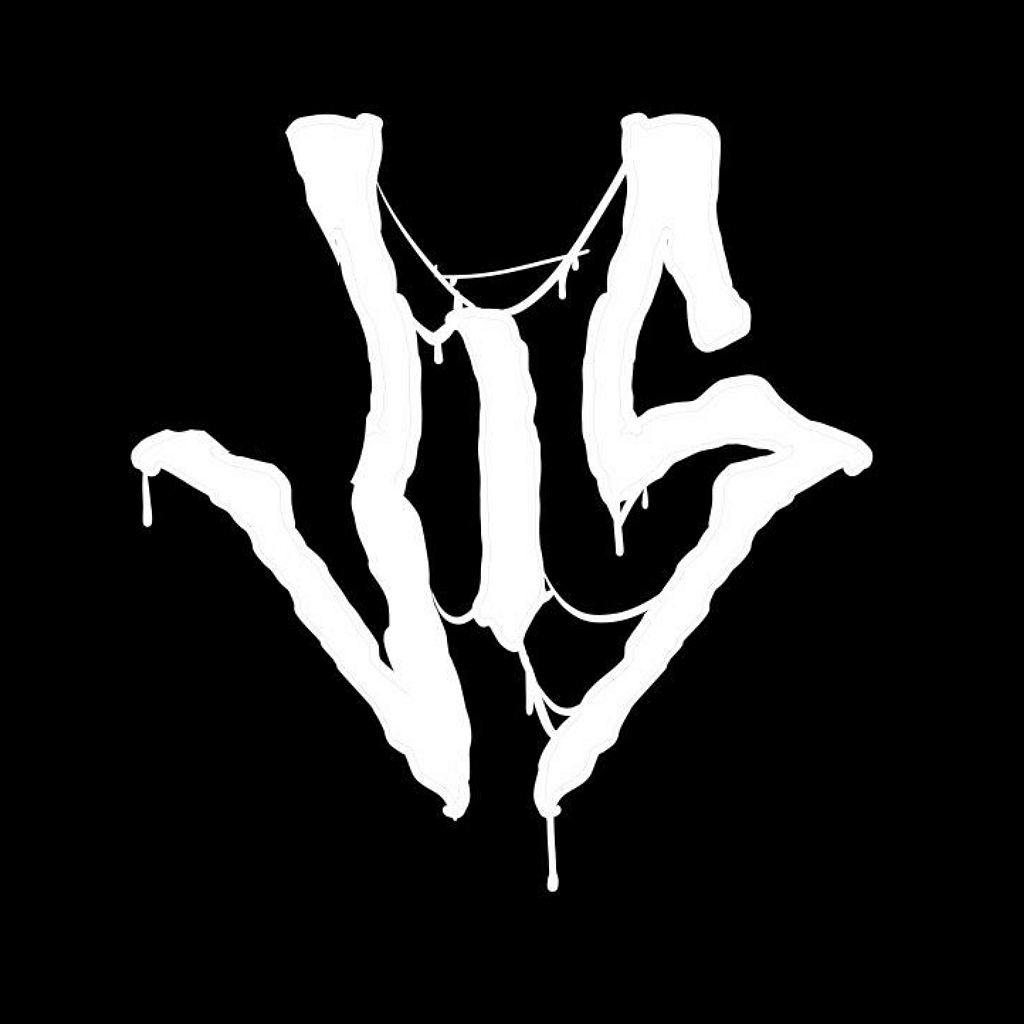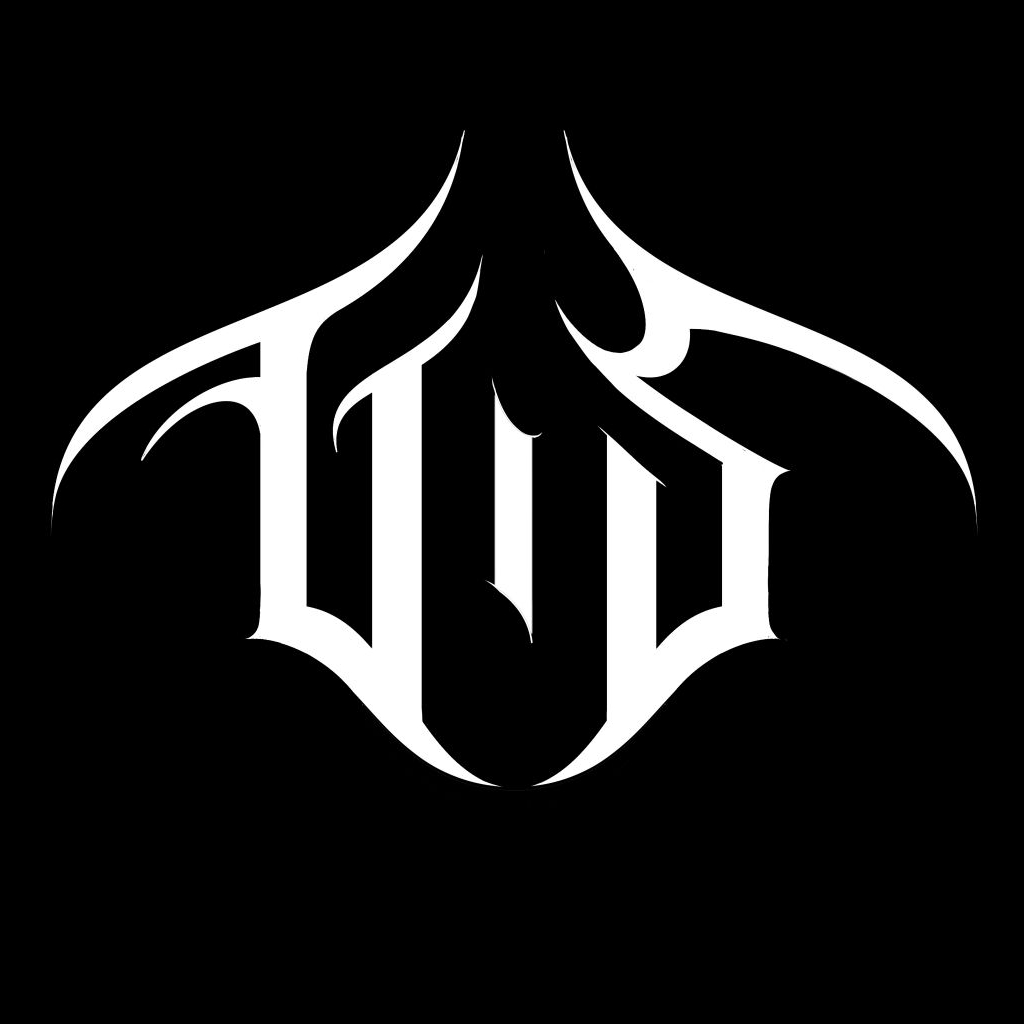Death Metal
Death Metal at large is one of the major “mainstream” modes of Extreme Metal. It’s typically characterized by low-tuned, heavily distorted guitars, aggressive, thumping drumming (featuring double-kicks and blast-beats), deep growling vocals, abrupt and complex changes in tempo and time signature … As a genre, it is very broad, encompassing a great deal of diversity. Indeed, it has spawned several subgenres since its inception in the mid- to late-1980s, all with their own specific iconography.
Brutal Death Metal
Brutal Death Metal emerged most notably from the 1980s New York Hardcore movement. It’s characterized by its thumping heaviness, high-speed power chording and riffing, and overall complex rhythms. As a rule, their lyrics deal with slasher movies and True Crime, and this is often reflected in their choice of logos. These typically incorporate gore elements (e.g., bones, intestines, and blood), sometimes to the point where the entire logo exactly resembles a jigsaw puzzle of bones dripping blood.

Some Brutal Death bands to check out:
- Avulsed
- Cannibal Corpse
- Suffocation
Some Death Metal (sub)genres to check out:
Reference(s):
[1] M. Phillipov. Ch. 6: The Pleasures of Horror. Death Metal and Music Criticism: Analysis at the Limits, p. 100, 2012. Here, the author cites N.J. Purcell. Death Metal Music: The Passion and Politics of a Subculture, pp. 172 and 185, 2003; M. Dickstein. The Aesthetics of Fright. In B.K. Grant, ed. Plans of Reason: Essays on the Horror Film, 1984; and K.F.B. Fletcher and O. Umurhan, ed. Introduction: Where Metal and Classics Meet. Classical Antiquity in Heavy Metal, (2020).
Take me back to the sample overview.


